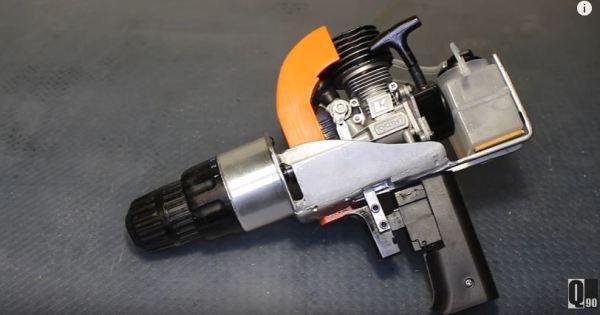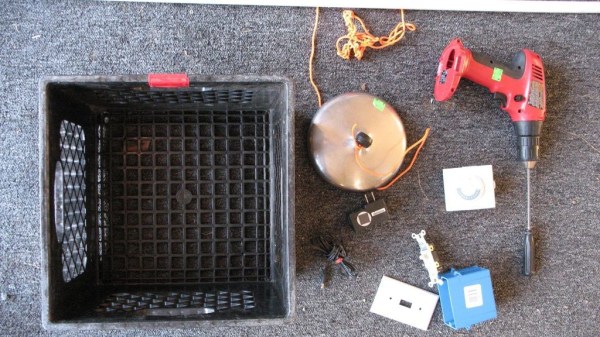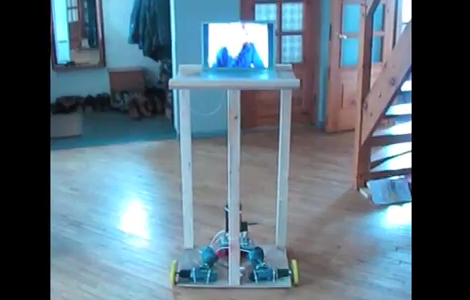One of the downsides to healthy outdoor activities is all the exercise. Who would want to do that if you can build something to do the hard work for you? That seems to be the theme of [Bitluni]’s latest build, a simple (and hacky) propulsion system for a stand-up paddleboard.
After acquiring an inflatable stand-up paddleboard and trying it out a few times, [Bitluni] decided to skip the “stand up” and “paddle” parts. He designed and printed a very simple propeller, which he intended to power with a brushless motor and speed controller. In the process of drilling out the prop to fit the shaft, he realized he was overcomplicating things. So he decided to just use his battery-powered drill instead. For the shaft tube, he modified an old crutch by drilling a hole in the handle for the shaft and adding a duct with a bearing on the other end. He also attached a carabiner to the handle to fix it to the paddleboard.
A test at a lake showed that the propulsion system performed relatively well for a proof of concept but had some flaws. To submerge it properly, [Bitluni] had to sit on the rear of the paddleboard facing backward. If it was too close to the surface, it would suck air and lose thrust, or spray him and his drill with water. Of course, there is also the real risk of drowning his drill in the process.
Projects don’t need to be complex to be enjoyable, and you can often learn more by quickly creating a proof of concept instead of taking forever to come up with the “perfect” design.
If you want to see some more advanced water-borne projects, check out the waterjet-powered electric surfboards built by [RCLifeOn] and [Andrew W].
Continue reading “Simple Propulsion For The Lazy Paddle Boarder”


















